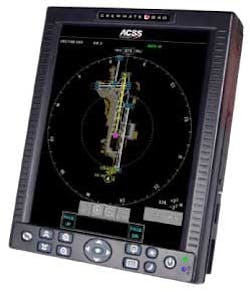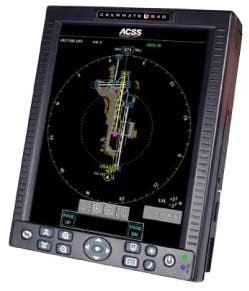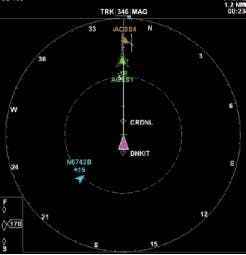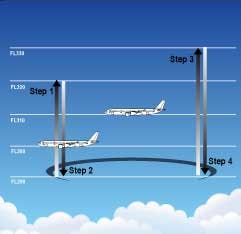FAA certifies ACSS SafeRoute avionics on US Airways Airbus A330 wide-body aircraft
TEMPE, Ariz., 7 April 2013. FAA officials have certified US Airways (NYSE:LCC) wide-body Airbus A330 aircraft for SafeRoute, a set of four flight deck applications from ACSS, an L-3 Communications & Thales Company.
The ACSS applications are designed to enable the airline to provide enhanced operational safety and efficiency in all phases of flight, part of the FAA's NextGen implementation program.
"A lot of time and hard work has been invested by the US Airways team, ACSS, the FAA, and EUROCONTROL in reaching this milestone," explains US Airways Executive Vice President and Chief Operating Officer Robert Isom. "US Airways is proud to partner with these organizations to help demonstrate the benefits of NextGen technology, which enhances situational awareness through more precise position information, improving on what is already the safest air transportation system in the world."
US Airways maintenance technicians will install a combination of all four certified SafeRoute applications on its A330 aircraft. The applications use Automatic Dependent Surveillance-Broadcast (ADS-B) technology, providing pilots with more precise position information of the operating aircraft and other airplane traffic; ADS-B is considered a cornerstone technology for the FAA's NextGen airspace redesign program. It also includes Interval Management (IM), In-Trail Procedures (ITP), Cockpit display of traffic information to Assist in Visual Separation (CAVS), and Surface Area Movement Management (SAMM).
"US Airways and our other airline partners understand and embrace the opportunities and savings ADS-B provides for operators," says Terry Flaishans, president of ACSS. "Our investment in SafeRoute avionics is helping airlines operate more safely and fly the most efficient routes to their destinations."
ACSS applications will provide US Airways pilots various capabilities that will enhance operational safety and efficiency during various phases of flight:
Interval Management (IM) – makes use of onboard aircraft surveillance to provide flight deck spacing commands that enable aircraft to follow one another at the safest, most efficient interval possible, from cruise altitude to the runway.
- In-Trail Procedures (ITP) – improves situational awareness and enables flight crews to perform desired altitude changes on a more frequent basis in oceanic or non-radar airspace.
- Cockpit display of traffic information to Assist in Visual Separation (CAVS) – allows the flight crew to continue visual approach procedures using the electronic display to maintain separation if visual contact with Traffic-to-Follow is lost due to hazy or night conditions. It also assists the flight crew in properly timing the deceleration to final approach speed, configuring the aircraft for landing and properly spacing aircraft on the final approach segment just prior to landing.
- Surface Area Movement Management (SAMM) – provides a moving map display of the airport surface in the cockpit that shows other traffic operating in the terminal, taxi, and runway areas, dramatically improving runway safety.
Follow Avionics Intelligence news updates on Twitter (@Avionics_Intel), LinkedIn, and Google+.



